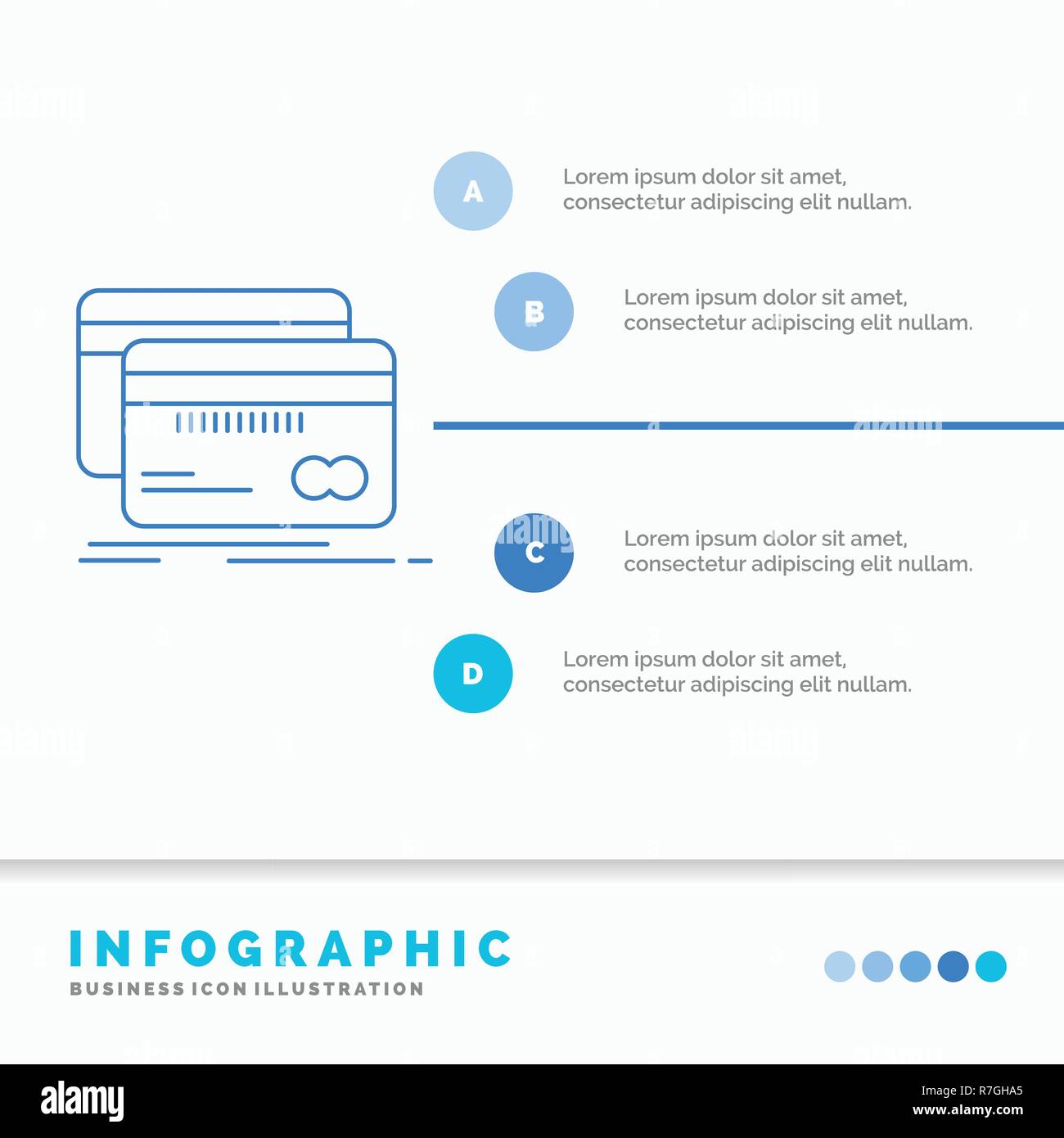Just How To Receive The Employee Retention Tax Credit Scores: A Step-By-Step Overview

Article by-Nygaard McMillan
Are you a company owner battling to maintain your workers throughout the pandemic? Are you seeking methods to reduce your tax obligation costs? If so, you might be eligible for the Employee Retention Tax Credit Report (ERTC).
This tax obligation credit scores was created by the CARES Act to urge organizations to keep their employees on pay-roll throughout the pandemic.
To receive the ERTC, you must satisfy specific eligibility demands. These demands consist of experiencing a considerable decrease in gross receipts or being fully or partially suspended as a result of a federal government order.
If you satisfy these requirements, you can compute your ERTC credit history and also claim it on your tax return. In this short article, we will give a detailed guide on exactly how to receive the ERTC and also capitalize on this important tax obligation credit history.
Eligibility Demands for the ERTC
To get approved for the ERTC, you'll require to fulfill particular qualification requirements.
First, your business must have been either totally or partially suspended due to a government order pertaining to COVID-19. This can include orders that restrict commerce, traveling, or group meetings.
Conversely, your business may certify if it experienced a significant decrease in gross receipts. This implies that your organization's gross receipts for a quarter in 2020 were less than 50% of its gross invoices for the same quarter in 2019.
In addition to meeting one of these 2 requirements, your service must additionally have actually had less than 500 staff members during the calendar year 2019. This consists of permanent and part-time workers, as well as those that were furloughed or laid off during the year.
If your service fulfills these qualification needs, you may be able to claim the ERTC and get a credit of up to $5,000 per employee for earnings paid from March 13, 2020, to December 31, 2020.
Calculating Your ERTC Credit History
All set to learn just how much cash you can save with the ERTC? Allow's dive into determining your credit history.
The initial step in determining your credit rating is identifying your qualified incomes. This includes any kind of incomes paid to workers during the qualified duration, which is either the very first or 2nd quarter of 2021. The optimum quantity of certified incomes per staff member is $10,000 per quarter, as well as the credit rating is 70% of those earnings, approximately $7,000 per worker per quarter.
Once https://writeablog.net/timmy813my/5-ways-to-optimize-your-staff-member-retention-tax-obligation-credit-scores 've determined your certified incomes, you can compute your credit history. As an example, if you had 10 employees that each made $10,000 in certified incomes during the qualified period, your complete competent earnings would be $100,000.
The credit rating for each and every staff member would be 70% of their certified earnings, which would certainly be $7,000. As a result, your overall credit history would be $70,000.
Keep in https://trustees.aha.org/simulations-spur-board-test-workforce-strategies that there are additional guidelines and limitations to think about, so it is very important to talk to a tax specialist to guarantee you're computing your credit history correctly.
Declaring the ERTC on Your Tax Return
Claiming the ERTC on your tax return is an uncomplicated procedure, yet it's important to make certain that you fulfill all the eligibility demands.
As an example, a local business proprietor with 20 workers who experienced a decrease in gross invoices of 50% or more in Q2 2021 compared to Q2 2019 can assert approximately $140,000 in tax obligation credit scores on their Kind 941 for the eligible quarter.
To claim the ERTC, you'll require to fill in Form 941, which is the employer's quarterly income tax return form. On this type, you'll require to report the amount of incomes paid to qualified staff members throughout the qualified quarter and also the quantity of the ERTC that you're asserting.
You can then decrease your pay-roll tax obligation deposits by the quantity of the credit report or request a refund of any excess credit history by filing Form 941-X. It's important to maintain precise records and documents to sustain your case, as the IRS may request to evaluate them throughout an audit.
Final thought
Congratulations! You have actually made it throughout of our detailed overview on how to receive the Worker Retention Tax Credit Scores (ERTC). By complying with the qualification requirements, determining your credit, and also claiming it on your tax return, you can possibly obtain a substantial tax benefit for maintaining your workers on pay-roll.
Think of the relief you'll feel when you see the credit score related to your tax bill, like a weight lifted off your shoulders. You can utilize the money conserved to reinvest in your organization, hire brand-new employees, or just celebrate a work well done.
So do not wait to make use of this useful tax credit report and keep your organization flourishing!

